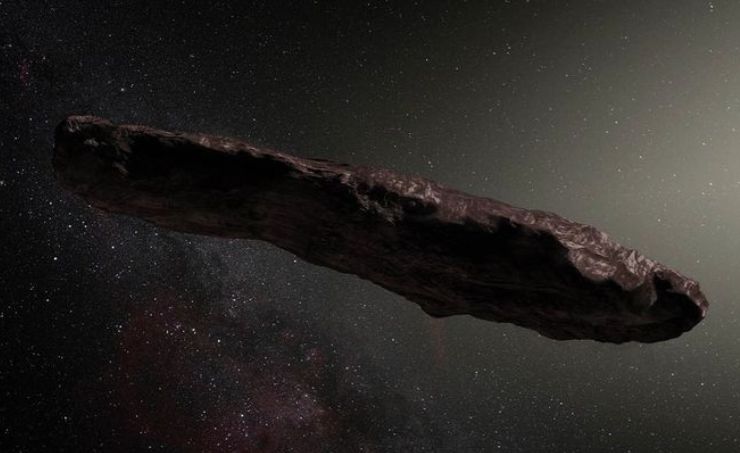Thus, scientists refute the assumption that the acceleration of Oumuamua is associated with jet propulsion due to the burnout of molecular hydrogen.
1I/Oumuamua was discovered in 2017, originally classified as an active asteroid, but its acceleration was later recorded. This resembled the behaviour of the comet, although the object had no other signs of it.
In early 2020, astrophysicists speculated that the object was partly composed of hydrogen ice, which began to melt and “push” the “hydrogen iceberg” as it approached the Sun.
The possible place of origin of Oumuamua was then named as the cloud (GMC) W51, located 17,000 light-years from Earth.
Scientists from the U.S. and South Korea decided to analyze and find out whether a mysterious asteroid could form in such an environment.
Their study shows that in a dense gas environment, a layer of hydrogen is quickly formed on the grains, which sorbs the material from the surface. Because of this, particles are deprived of the opportunity to stick together.
They also analyzed the mechanisms by which hydrogen inside Oumuamua could break down. As it turned out, the greatest influence on this will be the light of the stars.
As a result, scientists have suggested that the celestial body in its current form would be unable to overcome 17,000 light-years if at least partially consisted of a frozen Hydrogen. Consequently, the nature of the origin of the “interstellar wanderer” Oumuamua continues to be a mystery.
